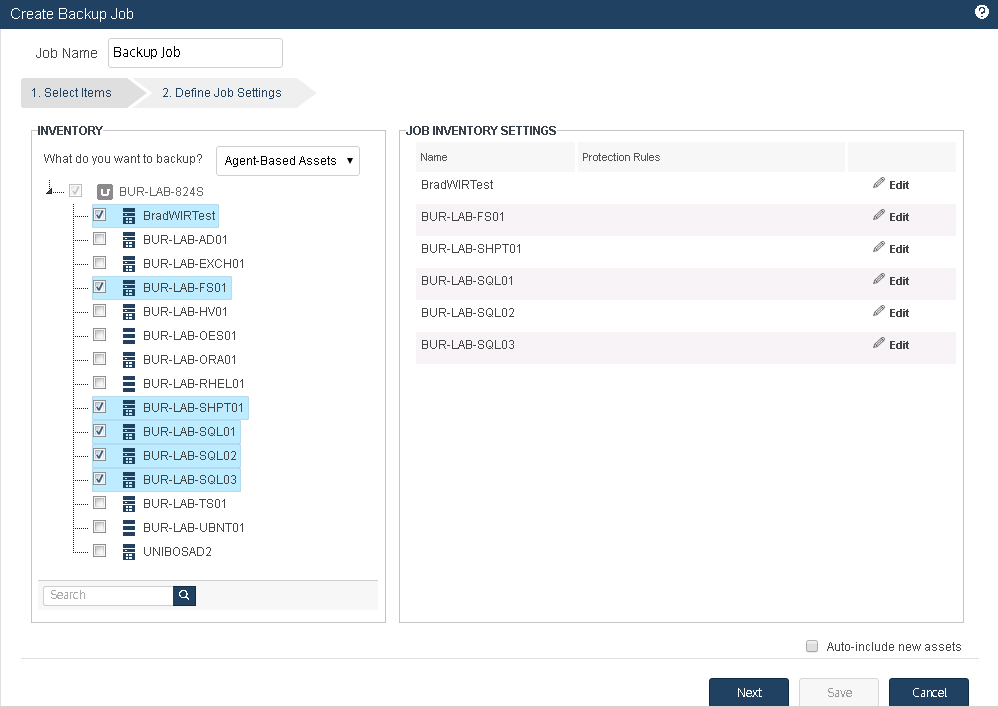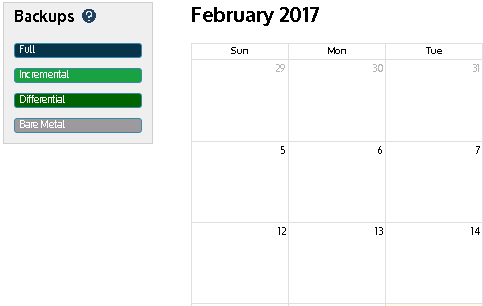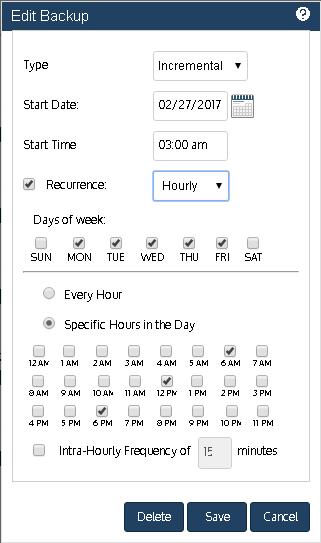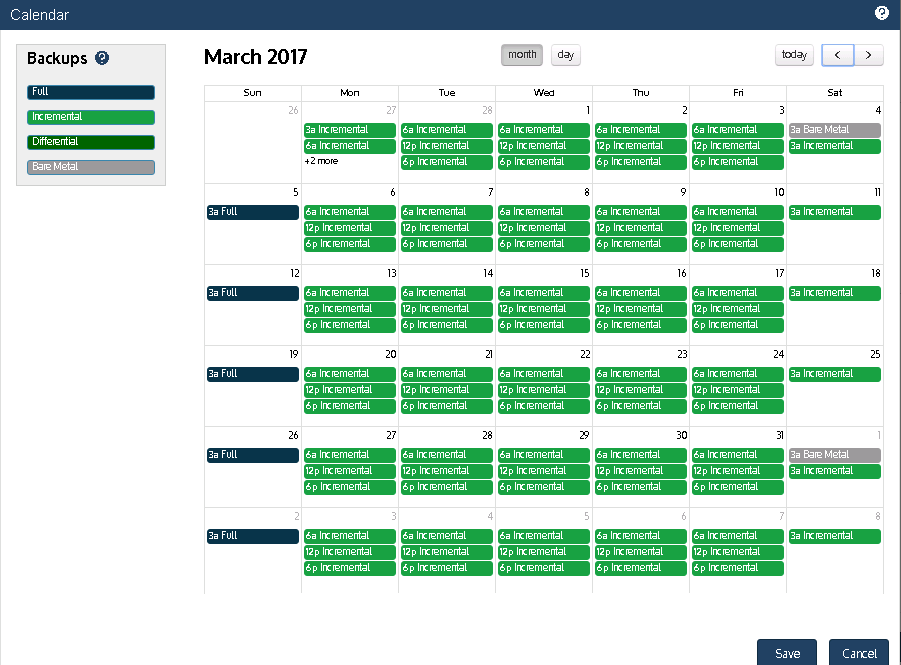Shrinking RPOs: Simple Backup Scheduling Crushes Flexible – Or Does It?
Shocking! A backup schedule is actually an insanely important component to shrinking RPOs and of your entire data backup and continuity strategy.
The big question we are going to help you address here lies with backup scheduling functionality – should it be really, really simple…or does flexibility sometimes win?
I think we all want the simple side of management, but simple scheduling does not ALWAYS lead to simplified management. I’ll explain why and how to fix that problem in just a moment.
First, why is a data backup schedule important enough to care about in the first place?
Data Loss and Shrinking RPOs
Well for starters, your boss and your users never want to lose data. That said, it’s not typically feasible in most budgets to implement solutions that NEVER lose data. Therefore, you agree on a Recovery Point Objective (RPO) – how much data you are willing to lose after you have recovered from a data loss event, such as a server or site outage, permanent file deletion, etc.
Naturally, the frequency you set in your backup schedule drives this.
Application Responsiveness
IT pros are backing data up more frequently. That means shrinking RPOs. Makes sense – we don’t like losing data. Remember?
That said, production applications and storage can be impacted during backup. It’s insanely important that your backup strategy does not negatively impact the business. That’s why you have a job in the first place – to support making your business run effectively. So the control you have over when backups run is very important to keeping your business users happy – aka keeping them off your back, which makes YOU happy.
Those two conflict a bit. Don’t they?
The more I backup the less data I lose. AWESOME.
The more I backup (at the wrong times) the more my users are impacted. NOT AWESOME.
Okay – you now get the importance and the challenges. How do you solve them?
In many cases, a simple daily, hourly, or even 3-4 times per day schedule works for most organizations and applications. These make it easy to set up jobs against your machines and let them run on their own.
Here are a couple example videos using Unitrends products:
What about those key applications where you really do need to work a little harder to lose less data, yet balance the happiness of your users (and yourself)?
You might need to run backups more frequently at certain times of the week or month, yet less frequently at other times.
Well, if you’re using a vendor that can only schedule backups as a simple RPO service level agreement (SLA), you don’t have the flexibility you need. Additionally, most of those solutions struggle to achieve low RPOs in the first place – potentially only allowing an hour or more.
Okay – no problem. Just use a product that lets you set up different jobs. One job runs at certain times; other jobs run at different times.
Well, that certainly helps. However, you can see a 2X to 10X increase in the number of jobs using that strategy. Tons of backup jobs are a pain to manage. You have to track their status and dig into any issues across many jobs. That adds more hassle for you to setup and maintain.
Imagine when you need to change something – you have to change it in many, many places. Not fun!
This is why Unitrends developed Enterprise Scheduling.
We all love simplicity. If you can use simple schedules, you absolutely should. Unitrends Recovery Series physical appliances and Unitrends Backup virtual appliances definitely make that very simple and straightforward.
However, if you need that extra flexibility, it is NOT simple to manage if you don’t have the right capabilities.
I’ll run you through an example and how Unitrends Enterprise Scheduling works.
Let’s say frequent incremental backups are necessary during the week to minimize data loss (i.e. shrinking RPOs). However, the weekends only require a single recovery point. Furthermore, a baremetal backup is required the first Saturday of each month to provide rapid system level recovery for those older systems not already covered with our integrated bare metal protection.
Begin by creating a new job and selecting the scope of the backup job. Shown below are a number of servers selected for backup, each capable of applying unique inclusion or exclusion lists.

On the second and final job selection window, several backup strategies can be chosen. However, when the standard options won’t provide enough flexibility, create a custom schedule in a few simple steps. Start by selecting a “Custom” strategy.

On the following screen, drag and drop any of the available backup types to the calendar on the right.

Once a backup type has been dropped on a calendar day, the backup options appear. Here you would select the appropriate schedule and frequency for this particular job, then click Save.

Finally, once the custom calendar has been built, review the strategy in a daily or monthly view and save the backup schedule.

Create as many custom or traditional backup schedules as needed, and rest assured, your data will be protected in the manner and frequency that’s most applicable to your business. No sacrifices required.
In the end, you’ll wonder… Is this not the best thing since sliced bread?

